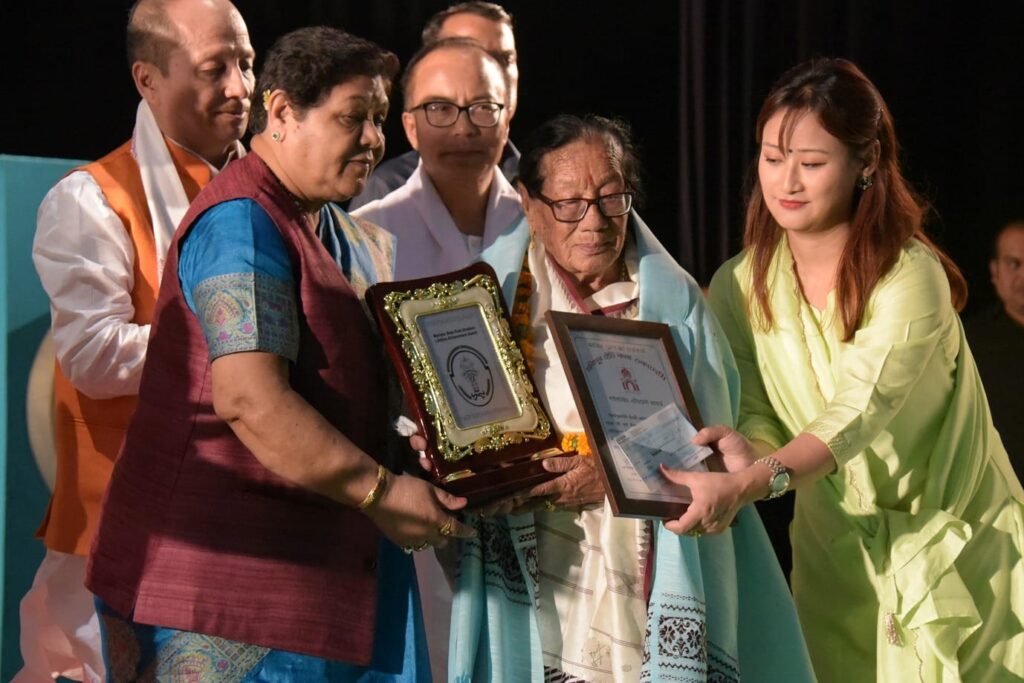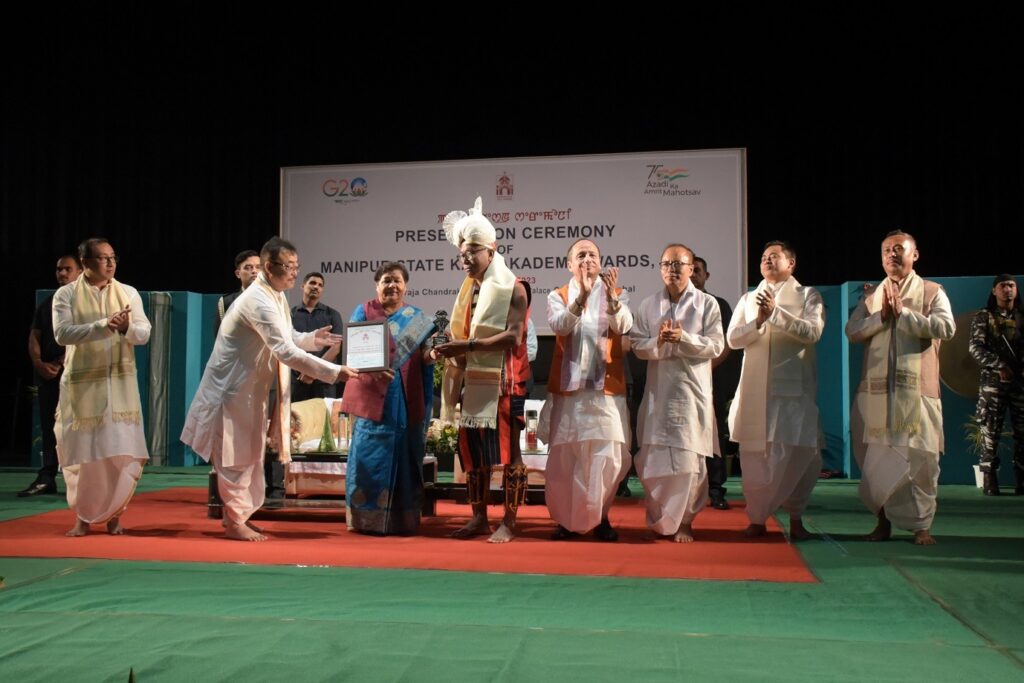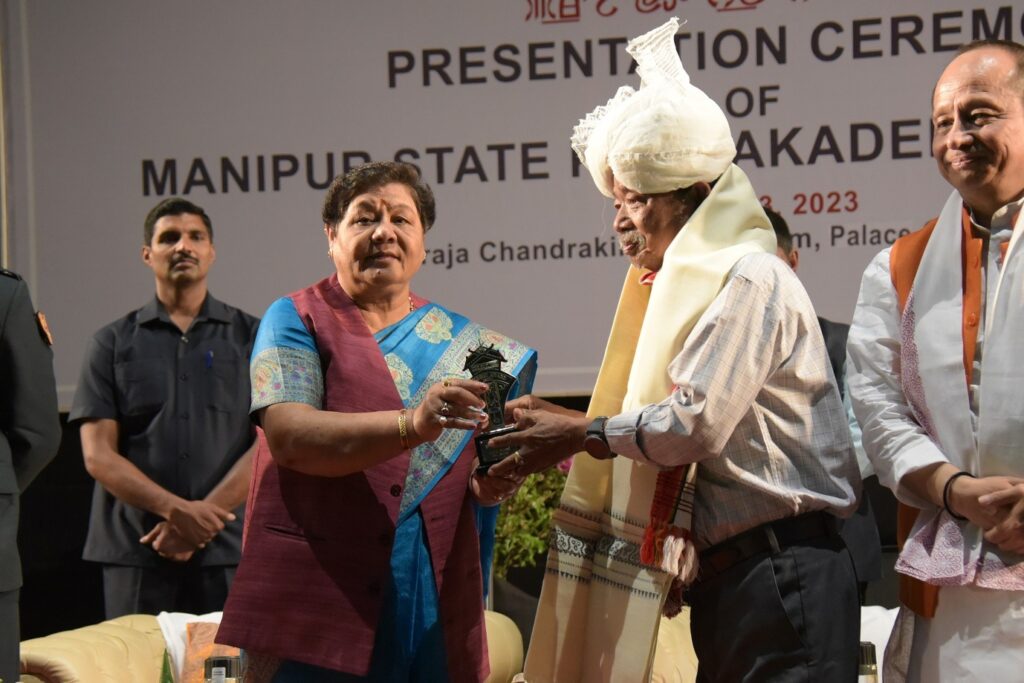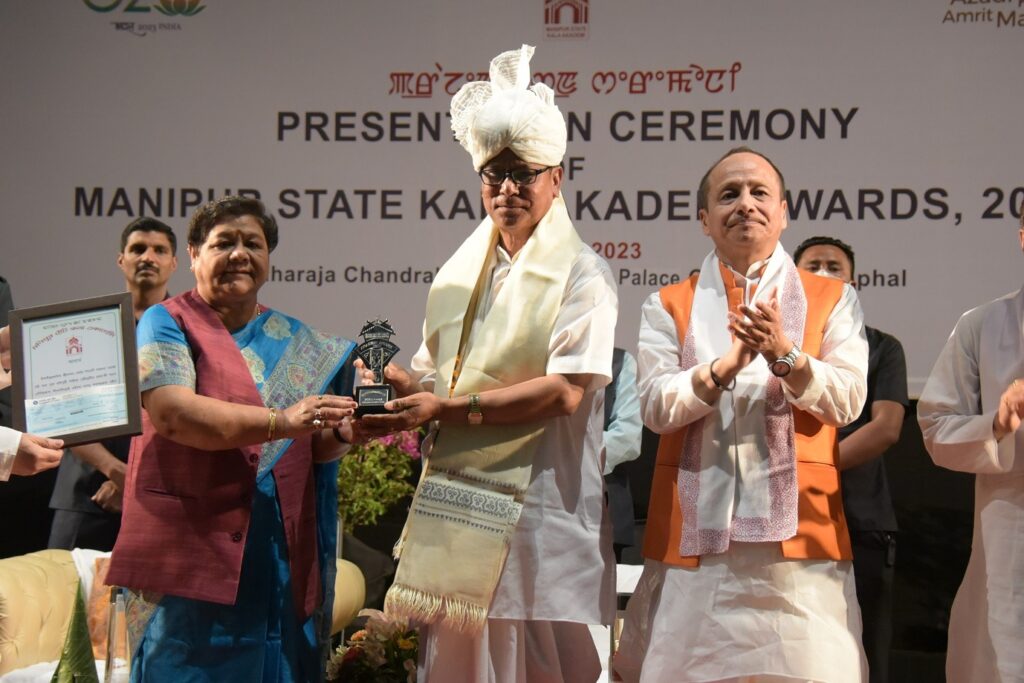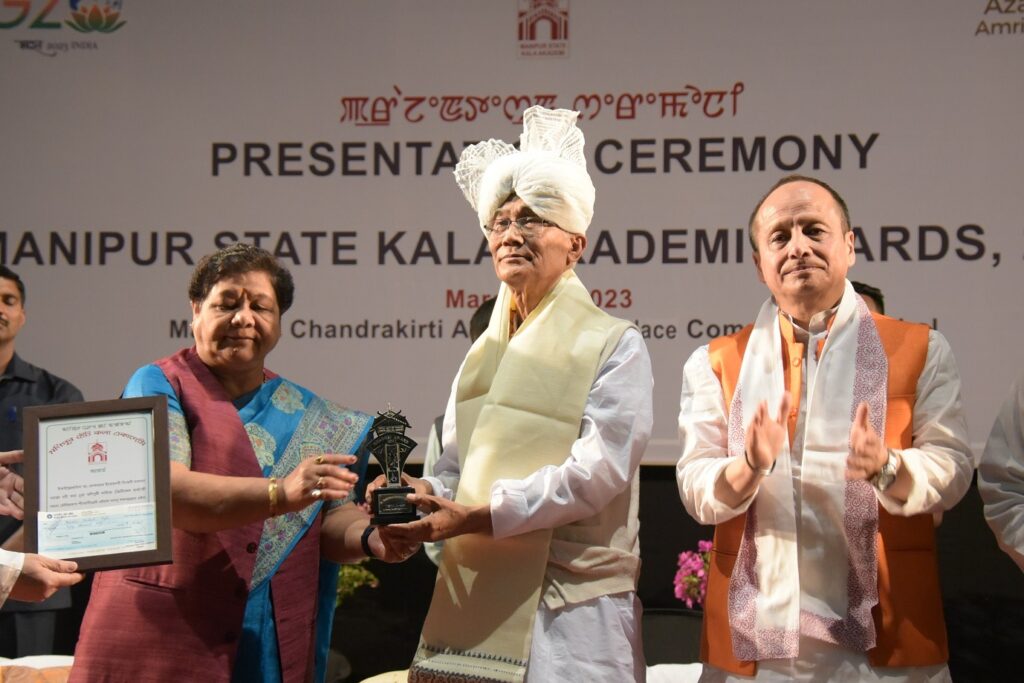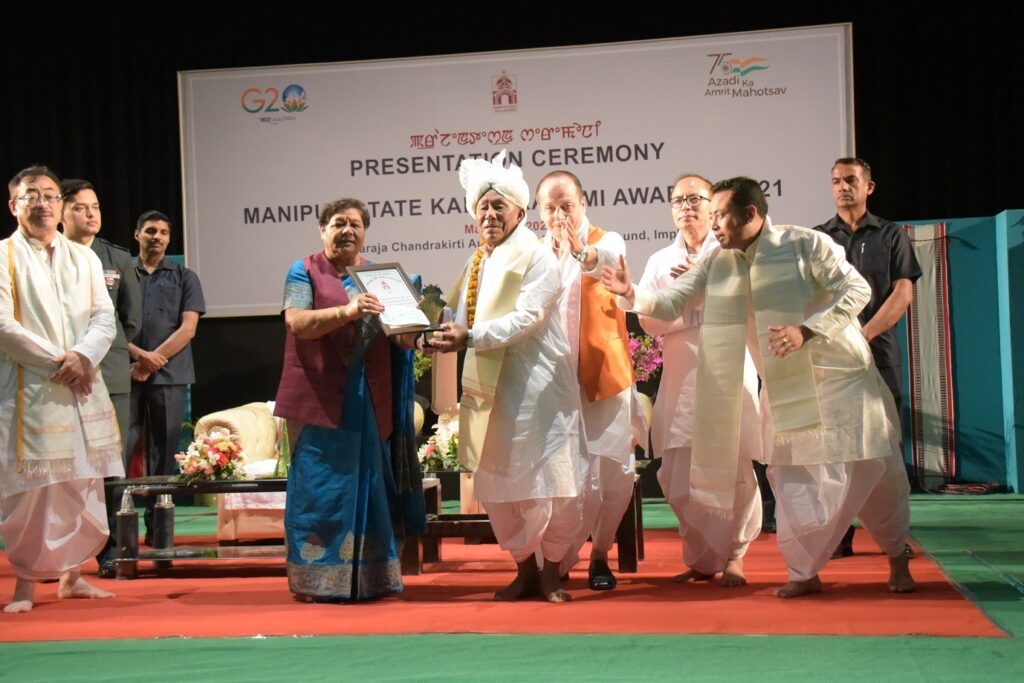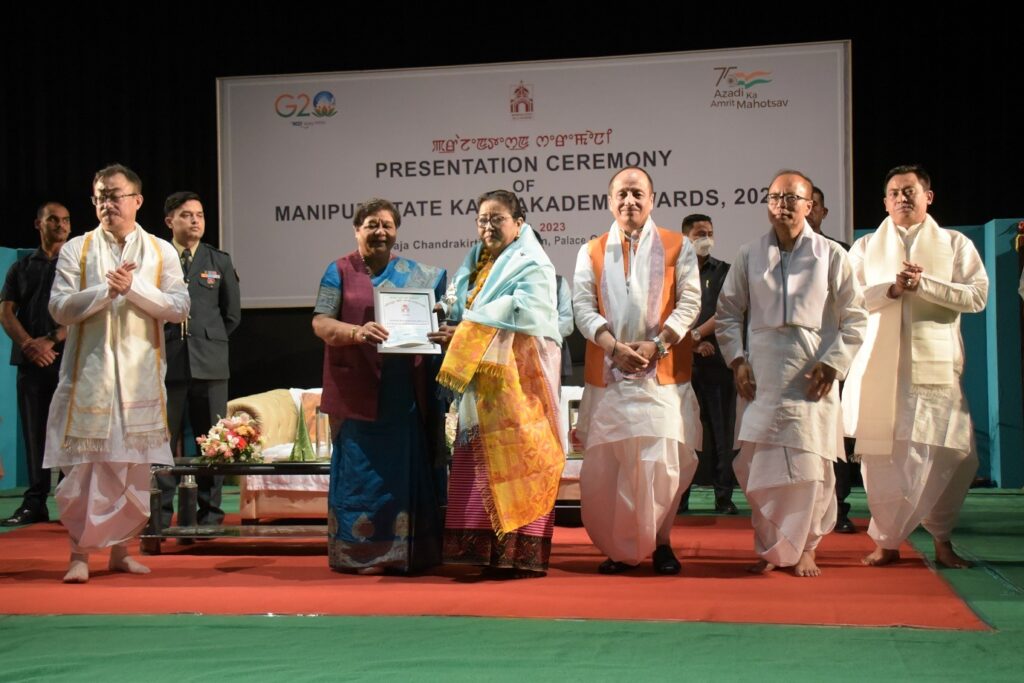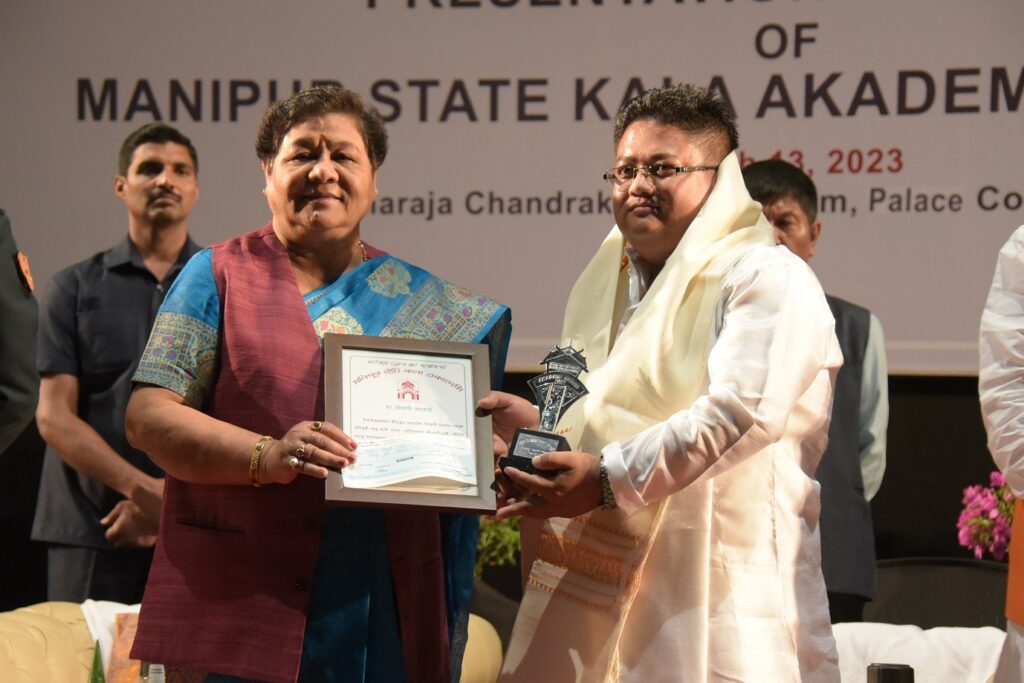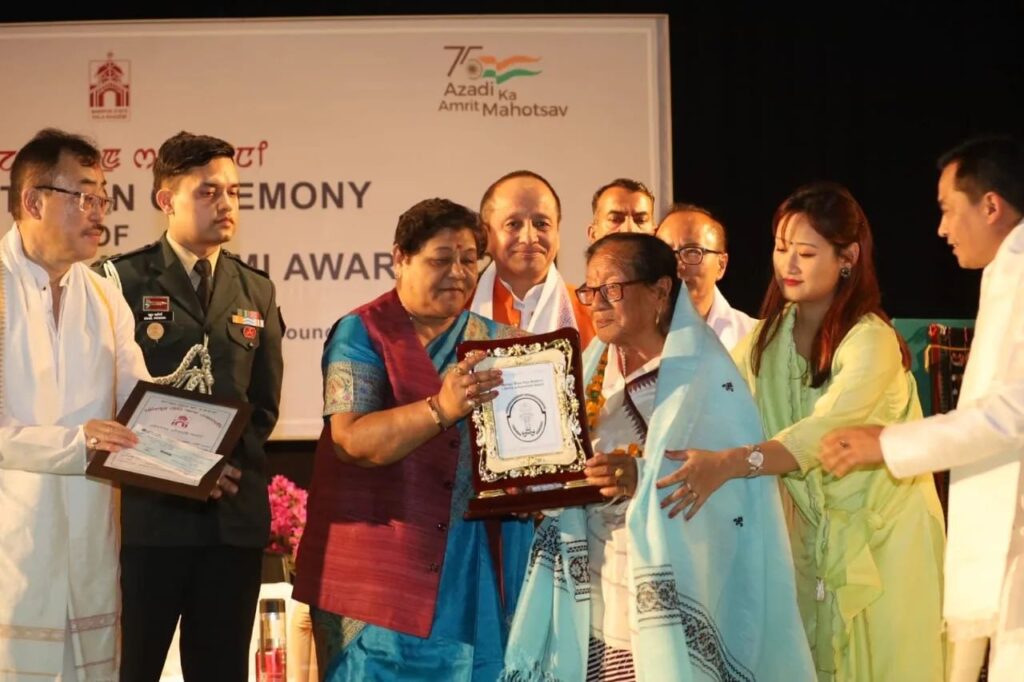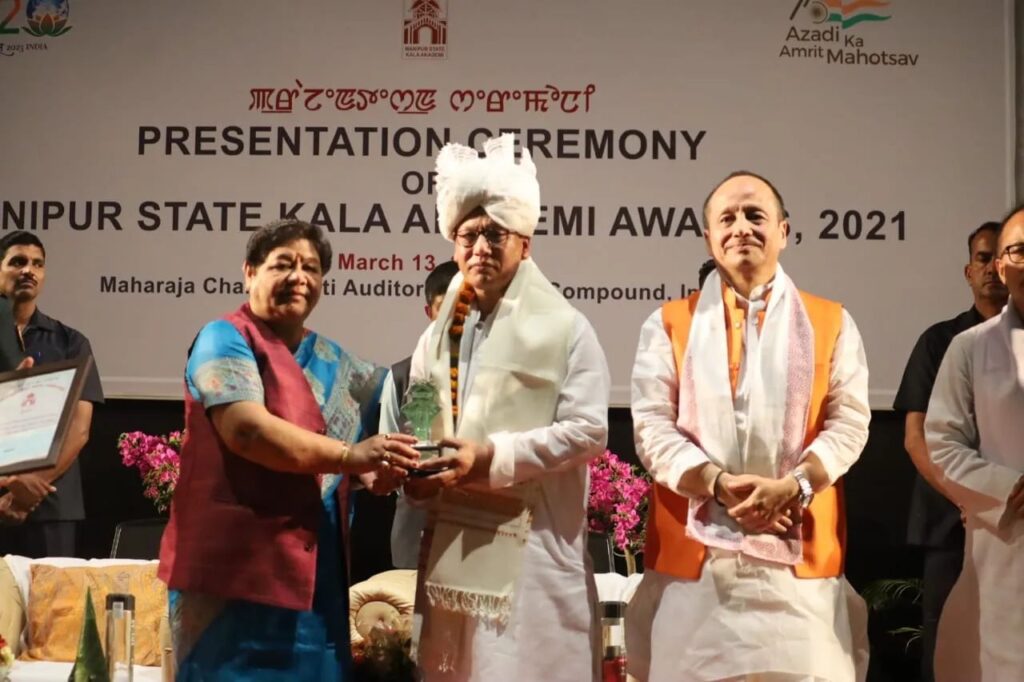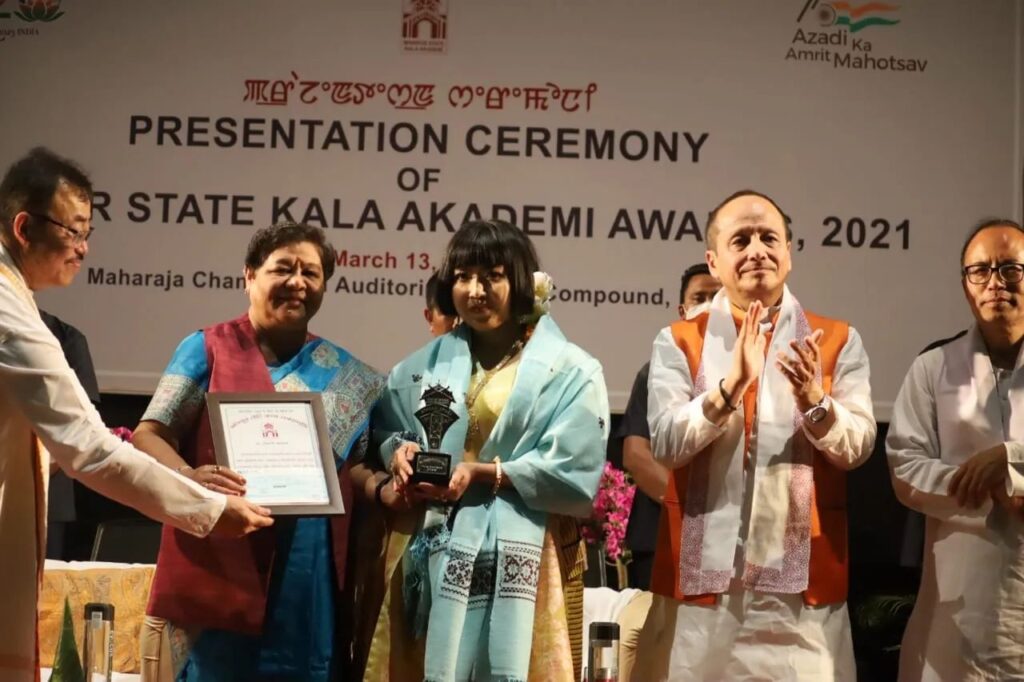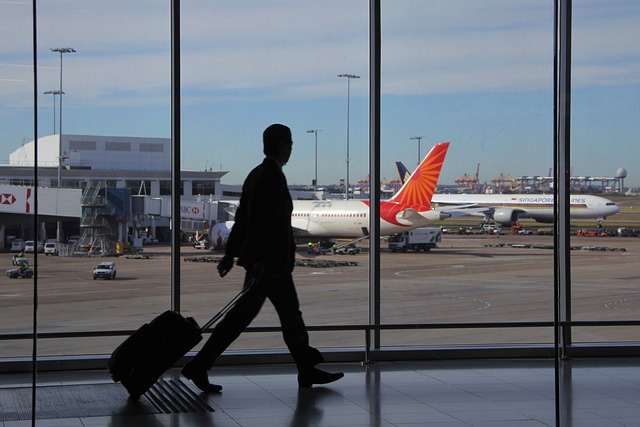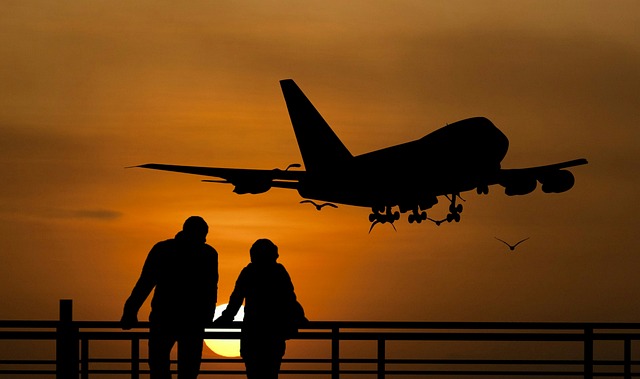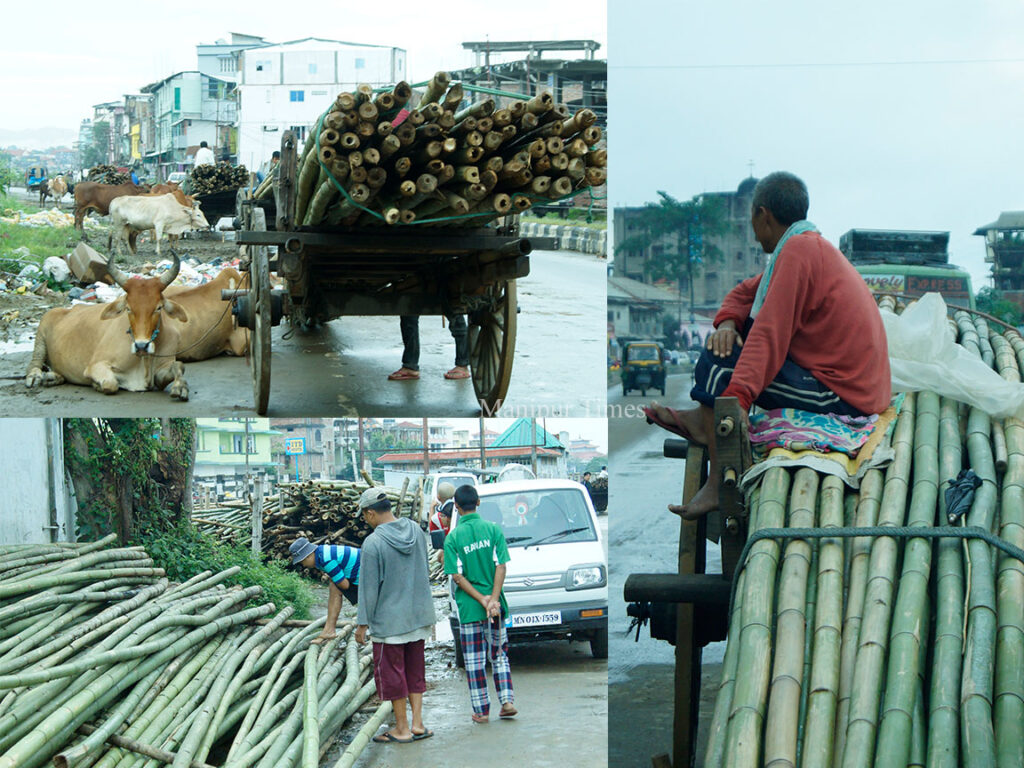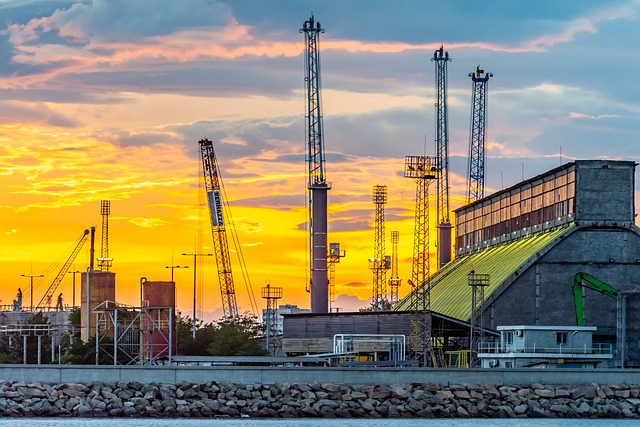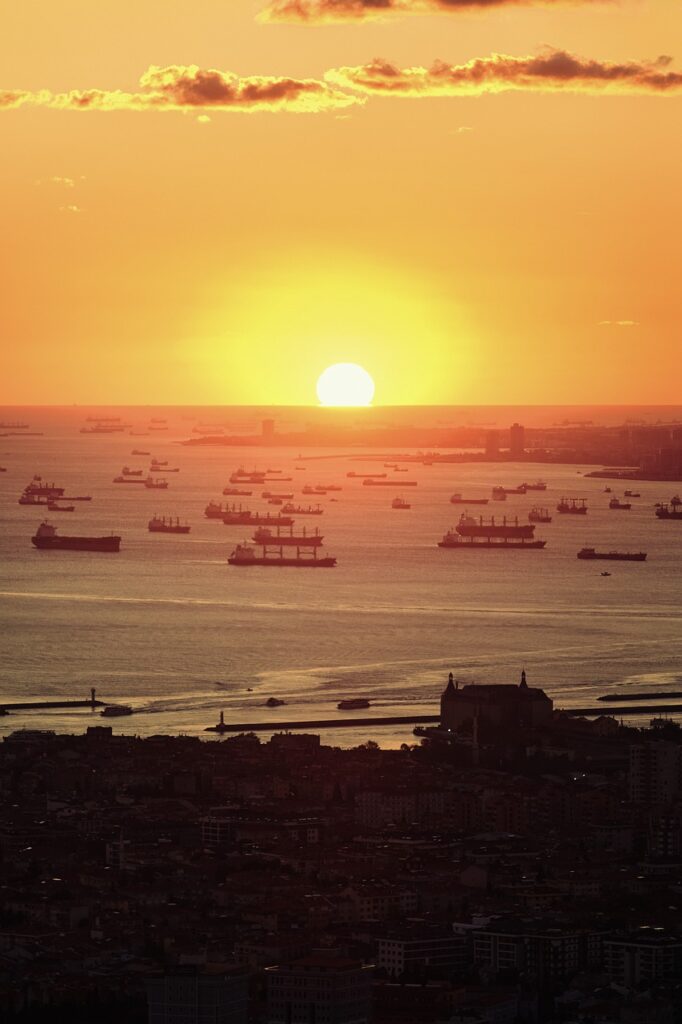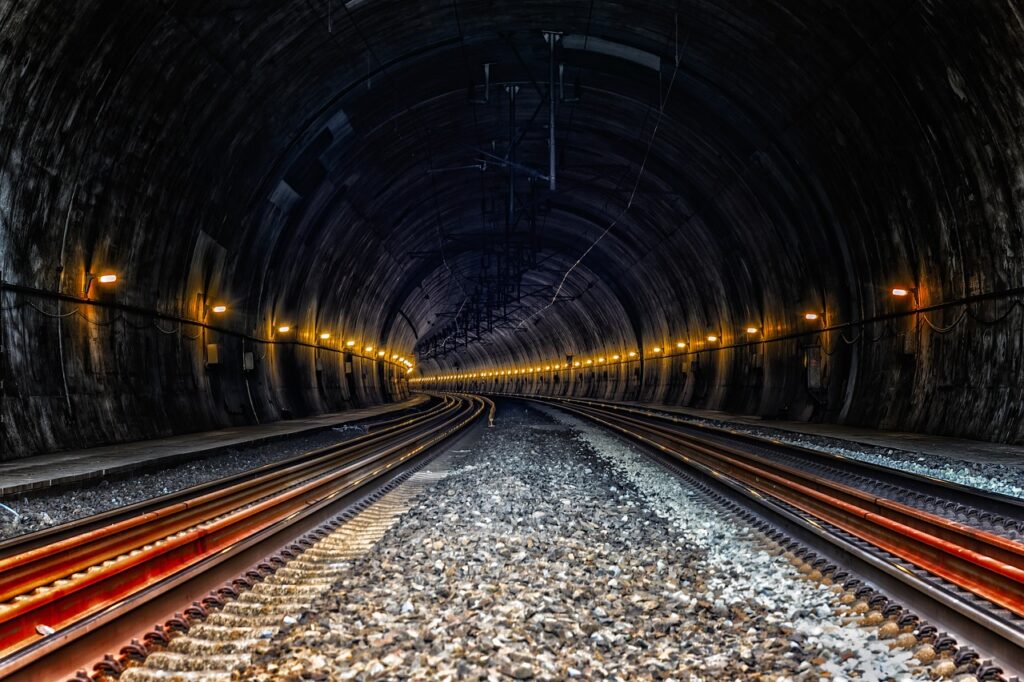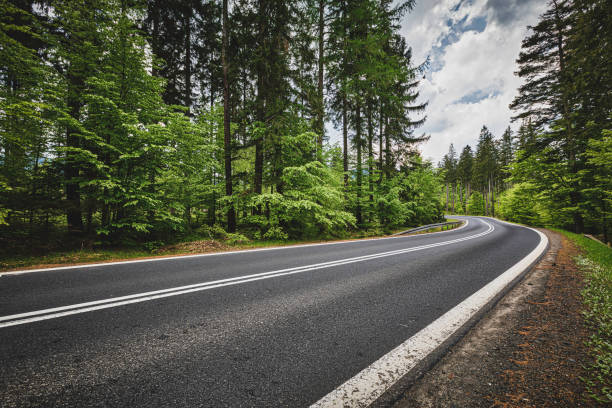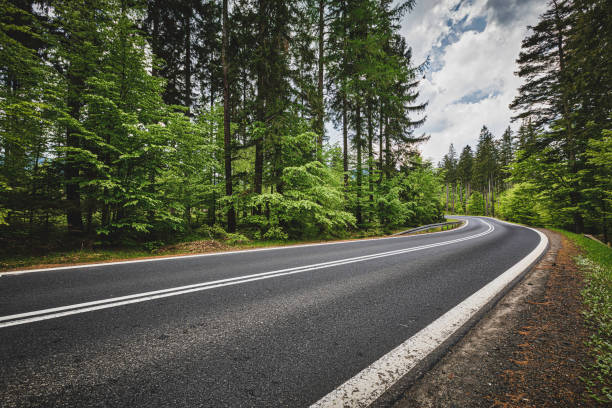Health Minister underscores importance of digital transformation in health care system
By James Khangenbam Imphal 16 March 2023

Health & IPR Minister
Health & IPR Minister Dr Sapam Ranjan Singh asserted that digital transformation in health care system is rapidly growing. The Minister was speaking as the chief guest at the occasion of State Orientation Workshop on Ayushman Bharat Digitization Mission (ABDM) held at Sangai Hall, Hotel Imphal today organized by ABDM, Manipur.
Digital platform
While stating that people can be connected with the health care facilities through digital platform, he maintained that digitization of health records of individuals can be done through Ayushman Bharat Digitization Mission by downloading the ABHA App. It is also one of the innovative and advanced ideas of the Prime Minister, he added. He said that digitization of health care services will help in streamlining and improving the health care service in the State.
Benefit the rural people
It will benefit the rural people where there are less health care facilities. The fast- growing Tele Health Care service and digital platform have also made it easily accessible to health check- up and treatment of the individuals, the Minister maintained. He further informed that around five lakh individuals has been linked with health identification number in the State and said that 50 percent of the total population of the State will be covered under Ayushman Bharat Digitization Mission by the end of the year. Monitoring of the health care in the rural areas will be made easier under the mission, he added.
Additional Chief Secretary V Vumlunmang, IAS; CEO, PMJAY, Manipur Lantanpuii, Vanchhong, IAS; Director, AYUSH Dr AK Lokendro and Director NHM Manipur Dr Somorjit Ningombam also graced the occasion as presidium members. Officials from the National Health Agency, CMOs, Medical Superintendents, health officials, representatives from the private hospitals and others also attended the workshop.

